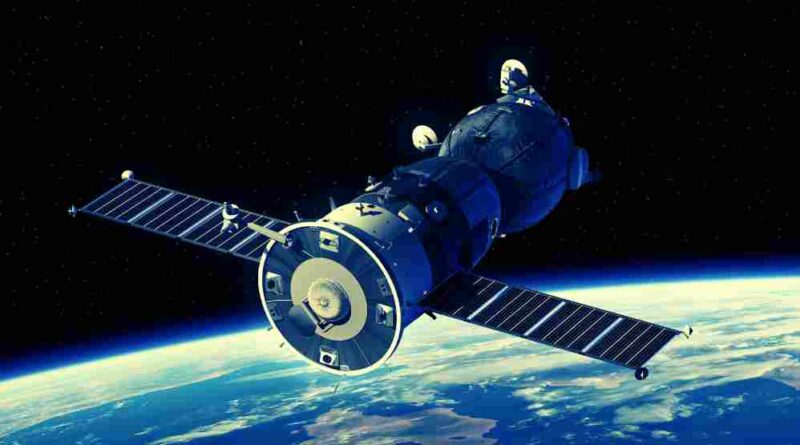Satellite MMS Messaging Makes Its Global Debut: A New Era of Communication Begins
The world of mobile communication just crossed another historic milestone—Satellite MMS messaging has officially launched. Until now, satellite connectivity in consumer devices was largely limited to basic text messages and emergency SOS alerts. But with the debut of multimedia messaging via satellite, users can now share photos, videos, and audio files even in the most remote corners of the world—without relying on cell towers or traditional internet connections.
What Exactly Is Satellite MMS Messaging?
Satellite MMS (Multimedia Messaging Service) is the next evolution of space-enabled communication. Instead of sending only short text messages through orbiting satellites, users can now transmit rich content—like pictures and videos—directly from their smartphones.
This leap forward means that someone hiking in the Himalayas, sailing in the middle of the Pacific, or driving through a desert with zero cellular coverage can still send more than just words. They can share images of their journey, send important files, or transmit critical video updates during emergencies.
Why This Matters Now
The timing couldn’t be more crucial. Extreme weather events, unpredictable natural disasters, and increasing outdoor exploration have highlighted the importance of reliable communication in no-signal zones. While satellite texting has already saved lives by enabling SOS alerts, adding MMS capability provides a richer layer of communication.
For example, rescuers receiving an image or video of an injury, roadblock, or fire can prepare faster and respond more effectively. Families separated by distance can share not just words, but also moments—proving that connection is more than just text.
How It Works
The technology relies on low Earth orbit (LEO) satellite constellations. Unlike traditional communication satellites that orbit far above the Earth, LEO satellites fly closer, which allows for faster data transfer and lower latency.
When a user sends a multimedia message in an area without cellular coverage, their smartphone connects to the nearest LEO satellite. That satellite relays the content to ground stations, which then deliver the MMS to the recipient’s device, no matter where they are.
It’s not as seamless or fast as standard 5G or Wi-Fi, but considering the alternative—no connection at all—it represents a revolutionary step forward.
Who Benefits the Most?
- Outdoor Adventurers: Hikers, sailors, campers, and travelers can share real-time experiences with loved ones.
- Emergency Responders: Firefighters, disaster-relief teams, and search-and-rescue operations gain access to richer communication tools when time is critical.
- Rural Communities: Residents in areas with poor or nonexistent network infrastructure can use multimedia to stay connected.
- Global Travelers: People who cross borders and often lose signal now have a backup option to remain reachable.
Challenges Ahead
Like any emerging technology, satellite MMS messaging comes with challenges. Transmission speed is still slower compared to mobile networks. The cost of satellite-enabled services remains higher than traditional plans, meaning wide adoption may take time. Battery usage is another concern, as connecting to satellites demands more power.
Yet, industry experts are confident these hurdles will shrink as more satellites are launched, devices become optimized, and competition drives costs down.
The Bigger Picture
The debut of satellite MMS messaging isn’t just about convenience—it’s about bridging the digital divide. Billions of people worldwide still live without reliable internet or mobile connectivity. Expanding the possibilities of satellite communication brings the world a step closer to universal access.
What once seemed futuristic—sending videos and images from the middle of nowhere—is now becoming a reality. It’s not just about luxury; it’s about safety, inclusion, and progress.
The Start of a New Era
The arrival of satellite MMS messaging marks the start of a new communication era where “no service” zones may soon become a thing of the past. What began as a lifeline for emergencies is quickly evolving into an everyday tool for global connection.
As satellites continue to expand coverage and technology advances, one thing is clear: the sky is no longer the limit for how we stay connected.
Disclaimer
The information and content shared on digitalgithub.com — including articles, blogs, news, guides, and other resources — is intended for general informational and educational purposes only. We do not guarantee the completeness, reliability, or suitability of any information. Always seek the guidance of a qualified professional before making decisions based on the information you read. Use this site at your own risk.

